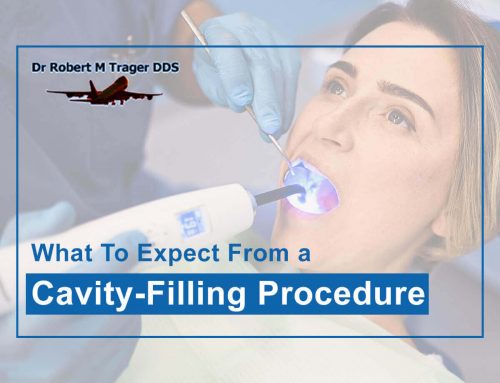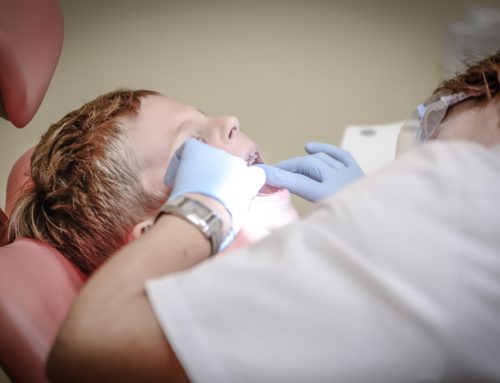
Here are some common signs of tooth problems that one should keep an eye out for:
Symptoms
- Bleeding or Sore Gums – This can be caused by brushing one’s teeth too hard or by using too hard bristles. Not brushing or flossing enough can also behind it.
- Cracked Teeth – One needs to be careful about what foods they eat – biting down on hard candy or ice cubes can put them at risk for cracked teeth.
- Discolored Teeth – Age can be a big reason for yellowing teeth – the dentin goes away which means darker teeth. Beverages like coffee or tea or certain sodas can have that effect. There are many whitening solutions available.
- Dry Mouth – Several things can slow down or stop the production of saliva: types of medication and certain illnesses. Saliva helps stop tooth decay and its absence opens the door for plaque buildup and infection.
- Jaw Pain or Cracking – This can be difficult to pinpoint – anything from arthritis to TMJ can cause it. Your dental professional may use things like X-Rays to solve the problem.
- Mouth Sores – Sores can be caused by several factors: food, illness, or irritation from braces. See a dentist if the sore lasts more than a week.
- Sensitive Teeth – Cracked teeth or receding gums may be the culprit here – the signs are pain when drinking hot or cold beverages.
Treatment
The first order of business for the dentist will be to see the extent of the problem. They will then assess whether it could be repaired in a single visit or if it might require multiple sessions. This all hinges on how much things like gum disease or tooth damage has progressed since the problem first arose. A big factor is whether the patient avoided the dentist hoping the problem would resolve on its own, a big no-no since gum disease can rapidly worsen once past the gingivitis stage.
Prevention
Fortunately, there’s an inexpensive way to defend against these issues – simple brushing and flossing. One has to do it correctly, though. It can’t just be a few swipes with a toothbrush. Spend two minutes per session, preferably with an electric toothbrush, brushing each quadrant for 30 seconds. Use proper flossing technique, not too hard, and then cap it off with a 30-second rinse with an ADA-approved mouthwash.
Dr. Robert Trager has seen many patients over the decades with all kinds of dental issues. Besides treating them, he can also show the patients what preventative measures to take in the future.





